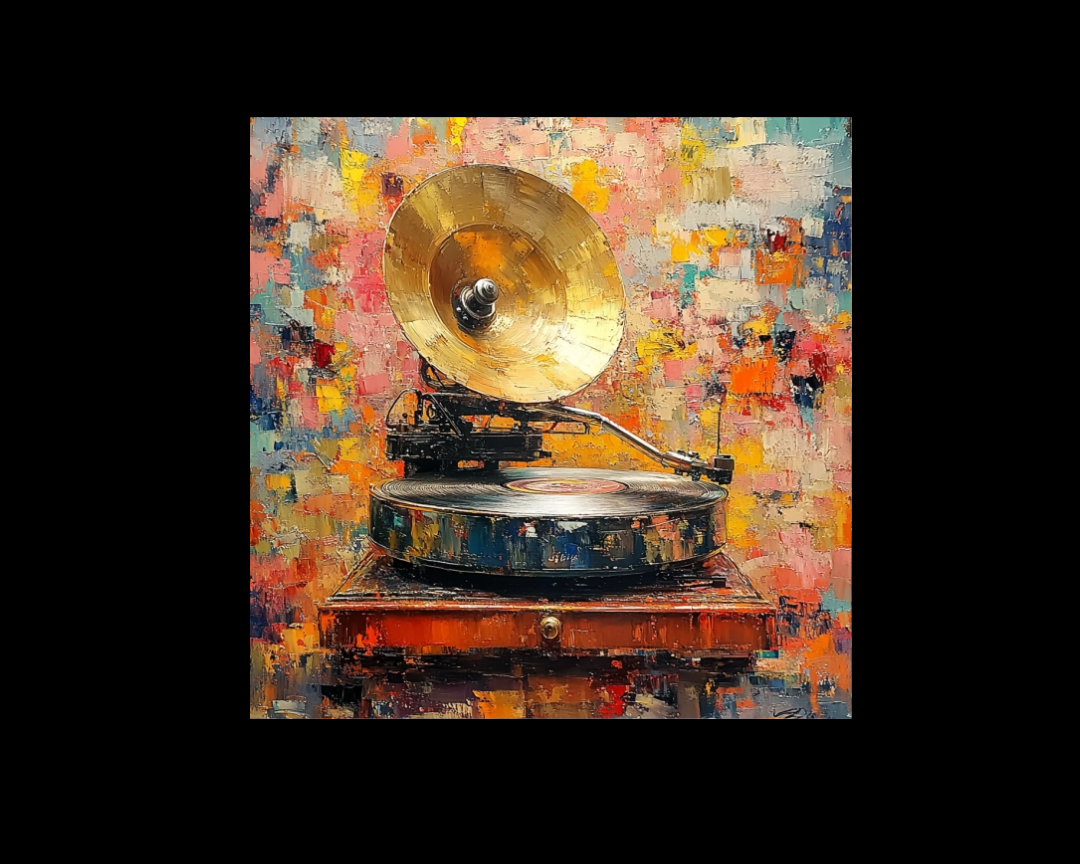Types of Tone: Exploring Distinct Writing Styles
Tone in writing is the attitude or emotional character that the author conveys through their words. It's a crucial element that can dramatically...

Cliffhangers are powerful narrative devices that leave audiences on the edge of their seats, eagerly anticipating what comes next. Whether you're writing for television, film, or literature, mastering the art of the cliffhanger can significantly enhance your storytelling. This article explores effective cliffhanger techniques and provides examples from various media to inspire your writing.
To create compelling cliffhangers:
Cliffhangers are a potent tool in a writer's arsenal, capable of keeping audiences invested across episodes, sequels, or chapters. By understanding and applying these techniques, you can create suspenseful moments that leave your audience craving more. Remember, the key to a great cliffhanger isn't just the suspense it creates, but how it enhances the overall narrative and keeps your audience emotionally invested in your story.

Tone in writing is the attitude or emotional character that the author conveys through their words. It's a crucial element that can dramatically...

Villains are the dark heartbeats that pulse through stories, captivating readers with their sinister allure. From Emperor Palpatine to Lord...
.png)
In today's blog post, we're diving deep into the insights shared in a captivating video titled "Story Development: The Three Most Important People in...